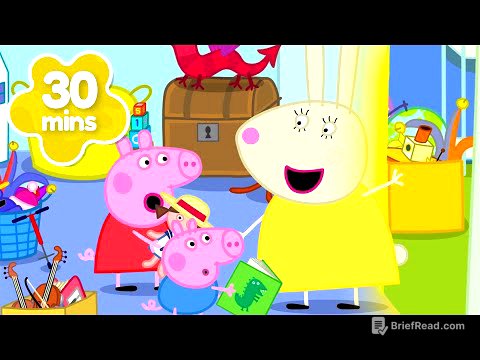TLDR;
This video provides a detailed explanation of the June 2022 question paper for the subject code BCOS 186, focusing on personal selling and salesmanship. It breaks down the answers to the first two questions, explaining key concepts, natures, characteristics, and importance.
- Personal selling is a marketing technique where sellers directly interact with customers to understand their needs and wants.
- Salesmanship involves various types, including wholesale, retail, teleselling, and specialty sales, each with its own importance and approach.
- Creative selling builds strong customer relationships and ensures future engagement through various stages, including identifying customers, determining eligibility, framing the customer, presenting goods, handling objections, confirming the sale, and providing after-sales services.
Question 1: Understanding Personal Selling [0:33]
Personal selling is a marketing technique where sellers directly interact with customers to understand their needs and wants. It involves personalized communication to motivate customers to buy goods and services. The nature of personal selling is two-way communication, involving direct contact between the seller and the customer. This direct interaction allows the seller to understand the customer's response and address their questions or objections. It is an individual process where products and services are presented based on the customer's needs and interests. Personal selling is more focused on business-to-business (B2B) interactions compared to business-to-consumer (B2C), which relies more on advertising. It is flexible, adapting to customer requirements, and combines both art and science, using creativity and systematic principles to convince customers.
Question 1: Characteristics of Personal Selling [9:37]
The characteristics of personal selling include the salesman's skills in presenting goods, emphasizing product features and benefits through strong communication skills. It is customer-centric, focusing on understanding and solving customer problems. Trust-building is crucial, ensuring the product quality matches the promises to maintain customer confidence. Personal selling involves marketing and influence, aiming to impress customers with the product's utility and relevance to their lives. Market research is continuously conducted to identify market demands and customer preferences. It employs a push strategy, providing information that encourages consumers to buy the product, contrasting with the pull strategy of advertising that attracts customers. Personal selling is an effective marketing tool for understanding customers, building strong relationships, and offering a flexible approach compared to other marketing techniques.
Question 2: Types of Salesmanship and Its Importance [12:56]
Salesmanship is a commercial technique where a salesperson sells goods or services, inspiring and motivating customers. It involves understanding customer needs and satisfying them through various stages. Types of salesmanship include wholesale, where salespeople sell products to wholesalers, retail, where salespeople sell directly to consumers, teleselling (remote selling), which uses telephone or digital mediums to save time and costs, and specialty sales, which involves selling expensive durable goods like furniture and automobiles. Specialty salespeople need mastery in selling and must build trust with customers. The importance of salesmanship lies in the salesman's role as a friend and guide to customers, supporting the manufacturer while winning customer trust. It is a flexible device, adapting to customer needs, establishing relationships, benefiting consumers by providing information and resolving complaints, minimizing wasted effort by focusing on potential customers, and prioritizing customer satisfaction.
Question 2: Creative Selling [21:02]
Creative selling is a process where the seller presents their product in a way that makes the customer want to buy it, using creativity to satisfy customers. The stages of creative selling include identifying potential customers, determining their needs and budget, framing the customer by attracting their attention and building trust, presenting products and services as solutions to their problems, handling objections by addressing customer doubts, confirming the sale once the customer is confident, and providing after-sales services to maintain customer satisfaction and build long-term relationships. Creative selling is not just about selling products but about building strong relationships with customers and ensuring future engagement.









